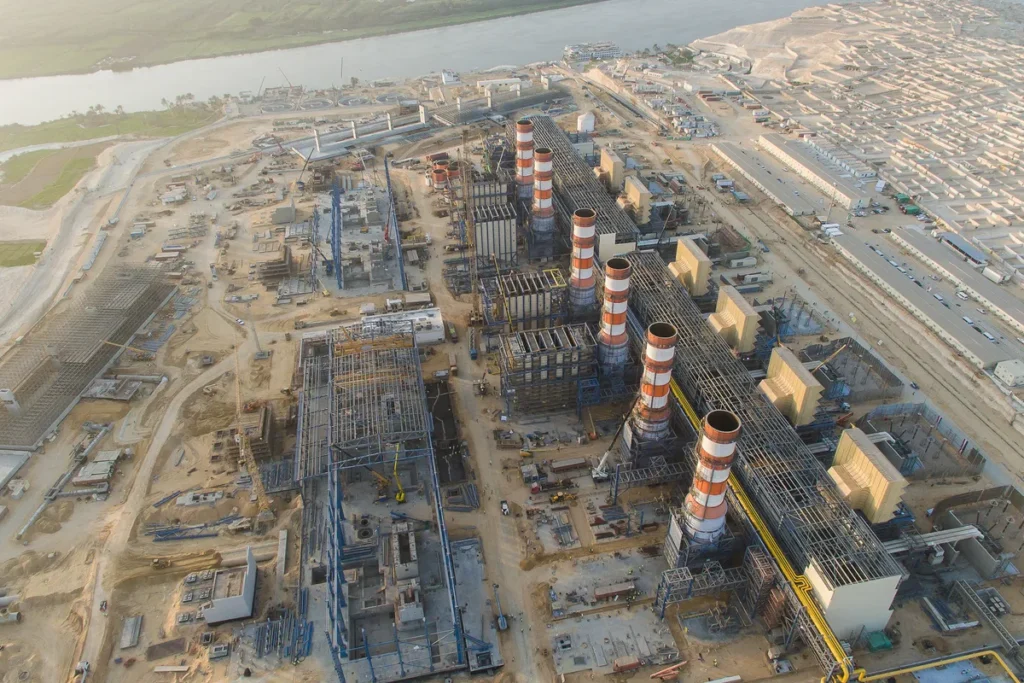
The World Records for the Largest Megaprojects
Humanity has always dreamed big—from the Great Pyramids of Giza to the modern-day marvels that reshape entire continents. Today’s megaprojects—massive undertakings that often cost billions, employ thousands, and span decades—represent the pinnacle of engineering, architecture, and ambition. These projects push the limits of human capability, uniting technology, design, and determination to transform societies.
Let’s explore some of the largest megaprojects on Earth, each setting records for its size, cost, or scale of vision.
1. The Great Man-Made River Project – Libya
Estimated Cost: $30 billion
Category: Water Supply Infrastructure
The Great Man-Made River (GMMR) is one of the most ambitious civil engineering feats in human history. Begun in the 1980s, this vast network of underground pipelines stretches over 2,800 kilometers, transporting fossil water from ancient aquifers deep beneath the Sahara Desert to Libya’s coastal cities.

The project supplies water to cities like Tripoli, Benghazi, and Sirte, transforming arid desert regions into habitable and agricultural zones. Built with over 4,000 kilometers of pipes and more than 1,000 wells, it remains the largest irrigation project ever constructed—a megastructure on a continental scale.
2. The International Space Station (ISS)
Estimated Cost: $150 billion
Category: Space Engineering
When it comes to projects beyond Earth, nothing compares to the International Space Station. This colossal scientific laboratory, orbiting approximately 400 kilometers above the planet, was assembled piece by piece in space by astronauts from 15 different nations.
Weighing over 420,000 kilograms and the size of a football field, the ISS is the most expensive and complex human-made object ever built. It serves as a research center for biology, physics, astronomy, and medicine, symbolizing global cooperation on a cosmic level.
3. The Belt and Road Initiative (BRI) – China
Estimated Cost: $1 trillion+
Category: Global Infrastructure
Launched in 2013, China’s Belt and Road Initiative is arguably the largest and most ambitious megaproject in human history. Its goal is to create a modern Silk Road—an interconnected network of trade routes, railways, ports, and highways linking Asia, Europe, and Africa.
Spanning over 150 countries, the BRI is not a single construction project but a network of them—transforming global logistics, energy trade, and economic development. With investments surpassing $1 trillion, it dwarfs any infrastructure plan in scale, making it the largest international development program ever undertaken.
4. The Al Maktoum International Airport – Dubai, UAE
Estimated Cost: $36 billion
Category: Aviation Infrastructure
Dubai is no stranger to record-breaking achievements, and the Al Maktoum International Airport is set to be the largest airport in the world upon completion. Designed to handle 260 million passengers annually, it’s part of the Dubai World Central complex—a self-contained city spanning 35,000 acres.
The airport’s future terminals will accommodate up to 12 million tons of cargo per year, reinforcing Dubai’s position as a global logistics and tourism hub. Its sheer capacity and futuristic design redefine air travel on a massive scale.
5. The Channel Tunnel – United Kingdom & France
Estimated Cost: $21 billion
Category: Transportation Infrastructure
Also known as the “Chunnel,” the Channel Tunnel remains one of the greatest engineering triumphs of the 20th century. Stretching 50 kilometers beneath the English Channel, it links Folkestone (UK) with Calais (France) through twin rail tunnels.
Completed in 1994 after more than six years of construction, it required the excavation of 13,000 workers and 11 tunnel-boring machines. The Channel Tunnel not only holds the record for the longest underwater tunnel in the world, but also serves as a vital connection between the British Isles and continental Europe.
6. The Three Gorges Dam – China
Estimated Cost: $32 billion
Category: Energy Infrastructure
The Three Gorges Dam on the Yangtze River is the largest hydroelectric power station on Earth. Standing 185 meters tall and stretching over 2 kilometers wide, it generates an astounding 22,500 megawatts of power—enough to supply electricity to millions of homes.
Beyond energy generation, the dam controls flooding, improves navigation, and symbolizes China’s modern engineering prowess. However, it has also faced environmental criticism for displacing over a million residents and altering ecosystems along the river.
7. The NEOM Project – Saudi Arabia
Estimated Cost: $500 billion
Category: Futuristic Smart City

Saudi Arabia’s NEOM is a bold vision for the future—a $500 billion urban megaproject that aims to create a carbon-neutral, AI-powered metropolis in the desert. Spanning 26,500 square kilometers, NEOM will include The Line, a 170-kilometer linear city built without roads or cars.
Powered entirely by renewable energy, NEOM represents the intersection of technology, sustainability, and urban planning. If completed as envisioned, it could redefine what a city looks like in the 21st century.
8. The Crossrail (Elizabeth Line) – London, UK
Estimated Cost: $25 billion
Category: Urban Transport
London’s Crossrail, now known as the Elizabeth Line, is one of Europe’s most complex rail projects. Stretching over 100 kilometers, it includes 42 kilometers of new tunnels beneath central London, connecting major hubs like Heathrow Airport, Paddington, and Canary Wharf.
The project has revolutionized commuting across the capital, reducing travel times and supporting millions of passengers each week. It stands as a modern example of how massive transport systems can rejuvenate urban infrastructure.
Conclusion: Engineering the Future
Megaprojects are more than feats of engineering—they’re symbols of humanity’s drive to imagine, innovate, and overcome. From underground tunnels to orbiting space stations and futuristic cities, these record-breaking endeavors push the boundaries of what’s possible.
They reflect not only ambition and technology but also the collective effort of nations, engineers, and dreamers. As we look ahead, the next generation of megaprojects—sustainable, digital, and even interplanetary—will continue to reshape our world and inspire the builders of tomorrow.








